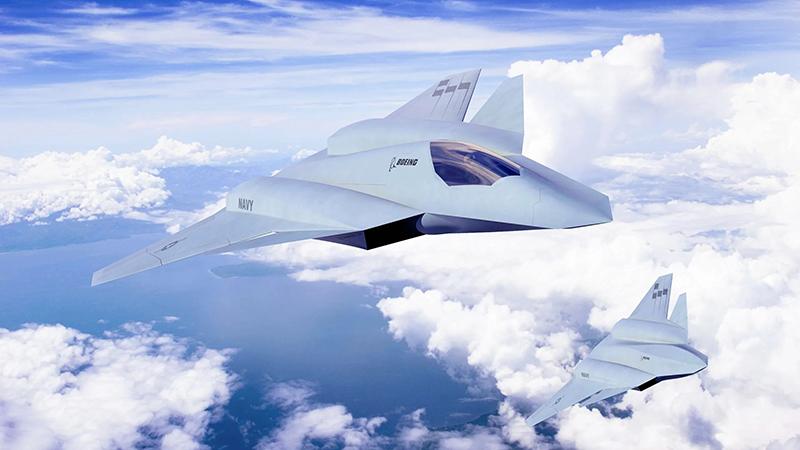
Early concepts of the F/A-XX include crewed and uncrewed versions of a carrier-based, tailless and twin-engine fighter, but the Navy has released few details about the design requirements.
Credit: Boeing concept
The new carrier-based fighter sought by the U.S. Navy will be affordable, versatile and independent of such Air Force-funded technologies as an adaptive-cycle turbofan engine, yet it still faces fiscal pressures that could delay fielding, a top Navy official tells Aviation Week in a rare, exclusive...
U.S. Navy Carves Independent Path For Future Fighter Design is available to both Aviation Week & Space Technology and AWIN subscribers.
Subscribe now to read this content, plus receive critical analysis into emerging trends, technological advancements, operational best practices and continuous updates to policy, requirements and budgets.
Already a subscriber to AW&ST or AWIN? Log in with your existing email and password.





